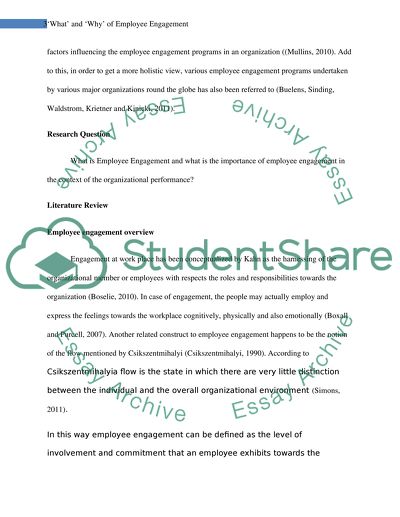Cite this document
(“The 'What' and 'Why' of Employee Engagement Research Paper”, n.d.)
The 'What' and 'Why' of Employee Engagement Research Paper. Retrieved from https://studentshare.org/human-resources/1481421-the-ychwhatyie-and-ychwhyyie-of-employee
The 'What' and 'Why' of Employee Engagement Research Paper. Retrieved from https://studentshare.org/human-resources/1481421-the-ychwhatyie-and-ychwhyyie-of-employee
(The 'What' and 'Why' Of Employee Engagement Research Paper)
The 'What' and 'Why' Of Employee Engagement Research Paper. https://studentshare.org/human-resources/1481421-the-ychwhatyie-and-ychwhyyie-of-employee.
The 'What' and 'Why' Of Employee Engagement Research Paper. https://studentshare.org/human-resources/1481421-the-ychwhatyie-and-ychwhyyie-of-employee.
“The 'What' and 'Why' Of Employee Engagement Research Paper”, n.d. https://studentshare.org/human-resources/1481421-the-ychwhatyie-and-ychwhyyie-of-employee.


